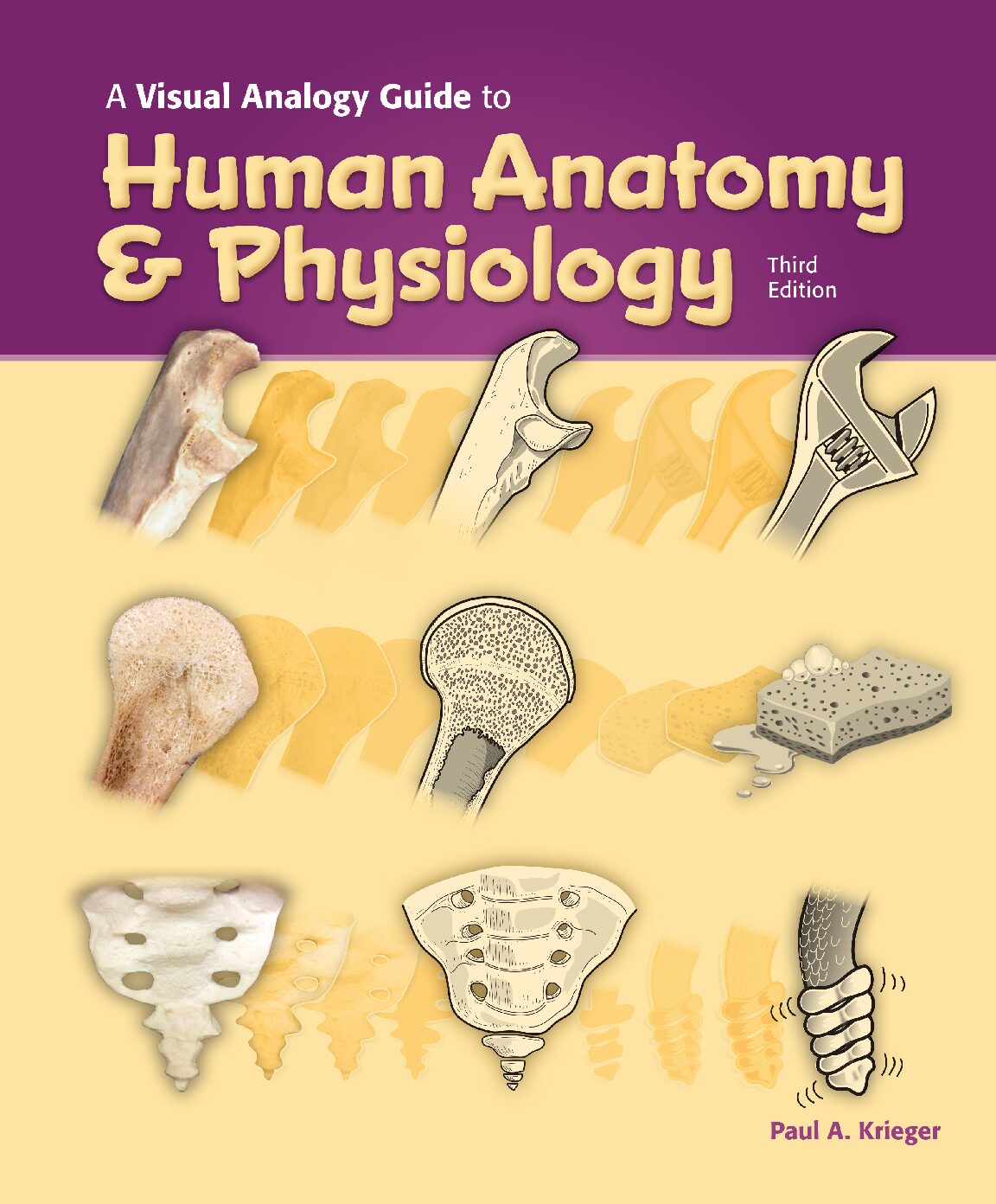I once again find myself writing about diversity, equity, and inclusion (DEI) in textbooks. Not because I am—or feel myself to be—an expert in any aspect of DEI. Far from it. I am writing again because these concerns continue to weigh on me.
As a textbook author, I have a grave responsibility that goes beyond the obvious promise to deliver useful content for learning my subject. It is not only my descriptions and explanations and examples that affect my users—it is also the voice and vision that comes through those written words.





